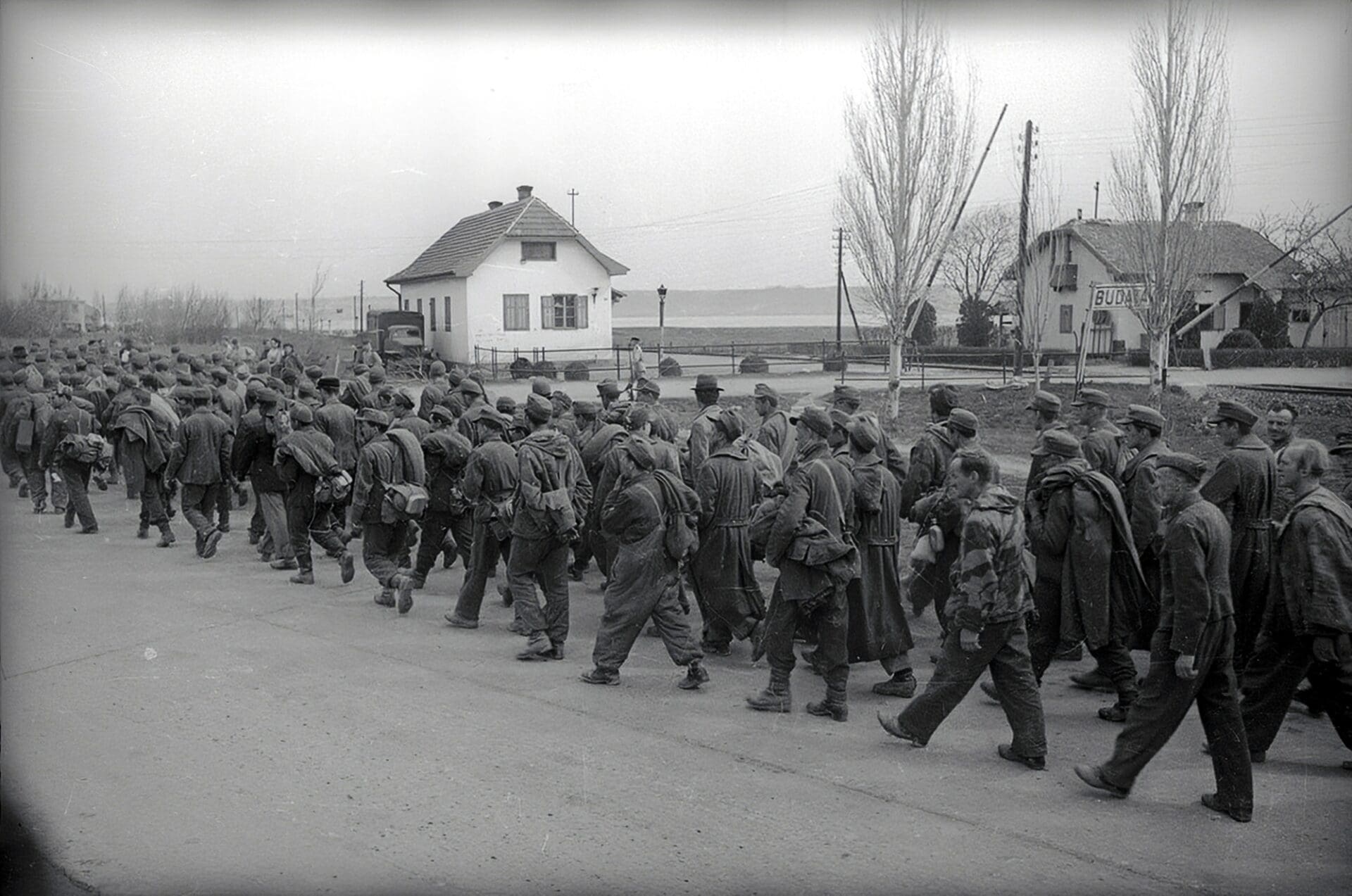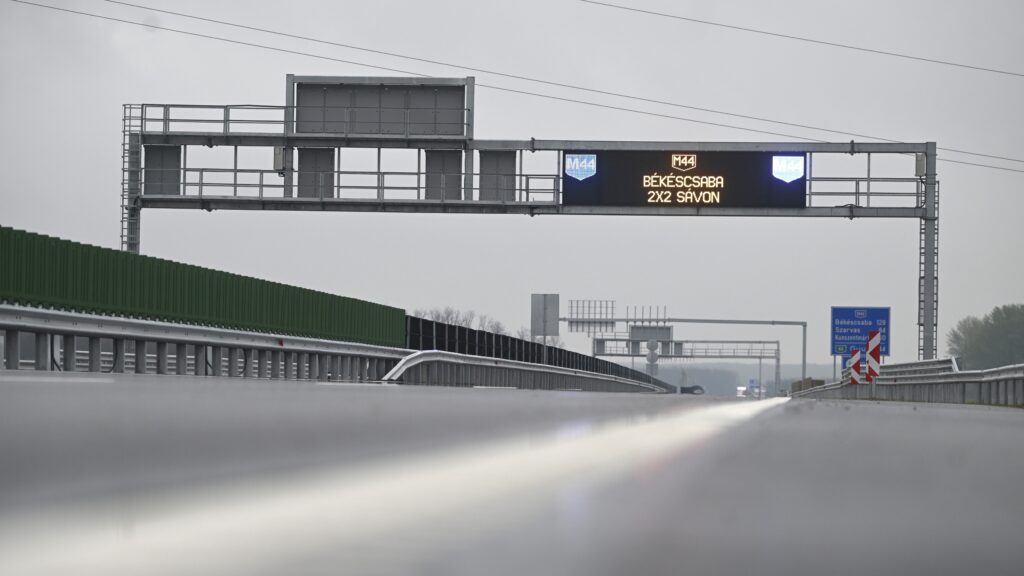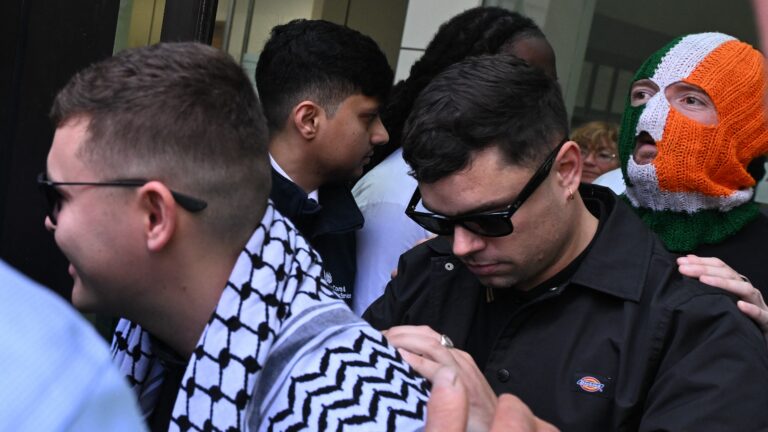On 21 May 2012, the Hungarian parliament declared 25 November the Memorial Day of Soviet-deported Hungarian Political Prisoners and Forced Labourers who were taken to the Soviet Union. On 25 November 1953, the first group of forced labourers, 1,500 Hungarians arrived back home from the Soviet Gulags. Altogether at least 700,000 Hungarians were taken to the Soviet Union by force to work in the infamous labour camps of the country. One third of these men and women never returned—and those who did, never received any compensation from Hungary’s Communist government. In fact, even speaking about their suffering in the Soviet Union was prohibited. The true nature and scale of the deportation of Hungarians to the Soviet Union at the end of WWII was recognized only in the 1990s, after the collapse of the Communist regime. Scholarly research into the fate of Hungarians in the USSR commenced in those years and is still ongoing, but research by descendants trying to discover the fate of their family members became possible only a couple of years ago, when an online database of Hungarian prisoners in the camps was published. The data were made available by the Russian state archives to the Hungarian National Archives after decades of negotiations.
The Soviet Union used prisoners even years after the end of the war for forced labour, mostly in mines and in construction to restore the war-torn economy. Not only prisoners of war were taken to forced labour camps, but in order to meet centrally dictated targets,
Red Army soldiers also rounded up hundreds of thousands of civilians in Hungary,
on the pretext that they would only need to do ’a little work’ (‘malenkaya rabota’) for the occupying Red Army. The young, able-bodied men and women who were tricked into believing that they were being taken away to do ‘some physical work’ nearby, returned home only years—if at all—after having laboured as virtual slaves for years amidst horrible circumstances deep in the Soviet Union. The phrase ‘malenkaya rabota’ has been preserved in Hungarian collective memory in the form of ‘malenkiy robot’ and has become synonymous with the deception and hypocrisy of Soviet and Communist oppression.
As the civilians taken prisoners themselves had no idea where they were being taken, their families had no knowledge of what had happened to their loved ones. The only way for the desperate people to let their families know about their fate was through the so-called ‘wind post’—from the windows of train carriages in which they were being deported, people would throw out small pieces of paper with a note on them, hoping that they would reach their loved ones. People living near train stations across the country collected these notes and tried to deliver them to the families.
My great grandfather, Jenő Szántó was among the few ‘lucky’ ones who could write letters to his family even from the faraway Soviet lands where he had been deported to. My grandmother, who as a small child knew his father only from these emotional letters, has preserved them till this day. My great grandfather was captured as a young serviceman somewhere in today’s Ukraine, not far from the Hungarian border within a couple of months after being mobilized. He was taken prisoner of war on 1 April 1944, little over 300 days after he had married my great grandmother and just weeks after realizing that his young wife is pregnant with my grandmother. Soon after he was captured, he was sent deep into the Soviet Union, where he spent most of his ‘prison years’ in a small village located at an eight-hour train ride east of Moscow.
After more than three years of captivity, his release back to Hungary (through a transit camp in Romania) started in September 1947.
Eventually, he returned to his family in December 1947. By this time, he had been married for four years, but had spent less than a year with his wife, and he had a three-and-a-half-year-old daughter, whom he had never seen in his life. His tragic destiny, probably shared by tens of thousands of other victims, is something that my family will never forget. Today, we Hungarians remember our forebears who suffered unspeakable injustice as prisoners of war in the Soviet Union.








